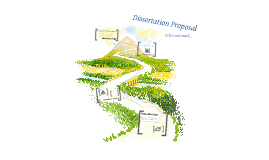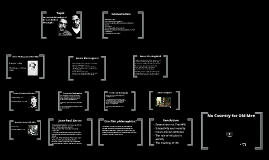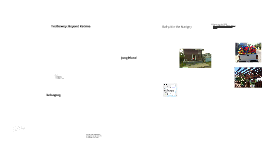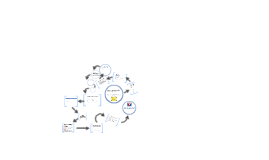Dissertation Presentation
Transcript: National image building has long been of interest to scholars of communication Most of the studies have focused on the effect of country image on foreign policy and product perception The media representation of national image building is a relatively new area the movie is an epic film marking the 90th anniversary of the founding of the Communist Party of China 6,200 screens & ¥320,000,000 box office modern production methods screen stars to attract younger audiences Methodology This is a huge mountain Research Question Why... China's soft power abroad nation branding as an efficient and ongoing strategy external audiences “Made in China” vs. “China Experience” China the media is the “first rate competitors for the number one position as national image former” (Galtung & Ruge, 1965, p. 65; Tanstall, 1970, p. 260) the most important media effect is to “structure and organize our world for us” (McCombs, 1994, p. 3) visual analysis + discourse analysis to be continued... Conceptual Framework a historical image which extends through time, and the more conscious a people is of its history and culture, the stronger the national image is likely to be (Boulding, 1969). Literature Review Soft power rests on the ability to shape the preferences of others; it grows out of culture and value system and usually in terms of culture (or tourism), institutions (or education) and information technology (or mass communications) (Nye, 2004). LSE Dissertation How to find a balance point and make the “propaganda” acceptable to all domestic audiences? "Beginning of the Great Revival" ("The Founding of a Party") HISTORY the social construction of reality regards communication as created and negotiated; in other words, meaning (such as messages, signs, symbols) is not fixed, but rather, negotiated and embedded in society (Berger & Luckman, 1966) “[k]nowledge is always socially constructed. It always organizes experience, and it always shapes meaning”; in the context of communication, media texts are the key to people’s understandings of social phenomenon (Tuchman, 1978, p. 217). Real Huge China's soft power at home the Chinese film industry has become a highly sought after vehicle for China’s national image building at home internal audiences visual images are never innocent and they are displayed in very particular ways to interpret the world (Rose, 2007) ...as carriers of values, ideologies and beliefs and can provide audiences with information for interpreting the world Dissertation Proposal Introduction ...a land of great opposites Natioanl Image Media and Representations National Image Building today cinema becomes the most effective, consistent form of mass-media propaganda in presenting a party-blessed version of history USC Dissertation an exellent excuse to watch a lot of movies China seeks to re-define the scope of the term “soft power” fewer attention has been devoted to China's soft power at home the rise of China’s Post-80s and Post-90s generation modernization + commercialization = more sophisticated strategic communication at home China’s soft power at home: the contemporary cinema representations of China’s national image building Soft Power

















